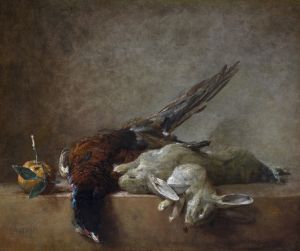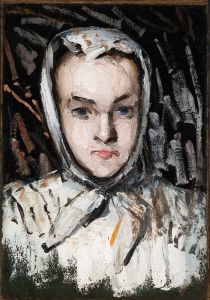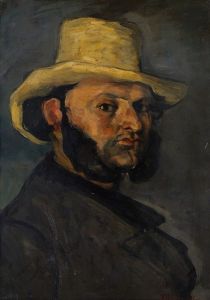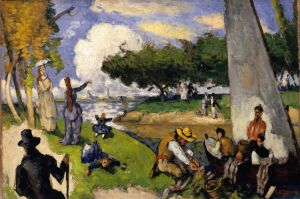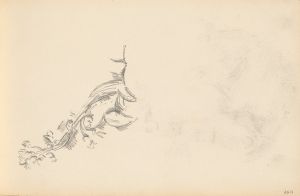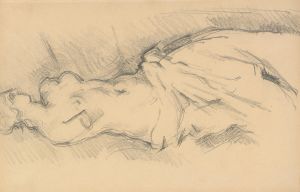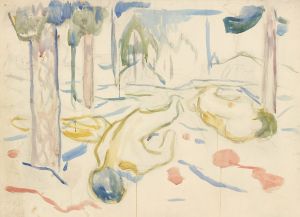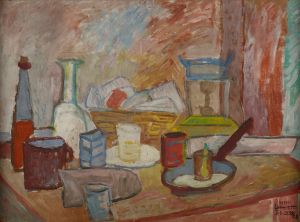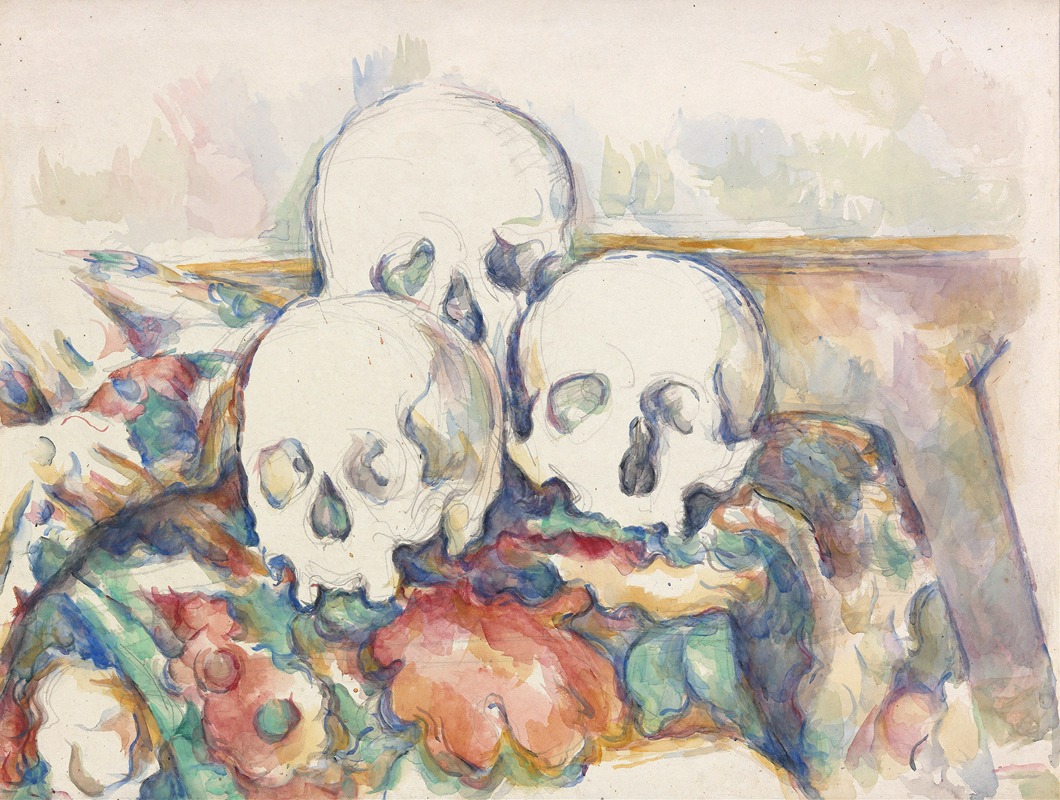
The Three Skulls
A hand-painted replica of Paul Cézanne’s masterpiece The Three Skulls, meticulously crafted by professional artists to capture the true essence of the original. Each piece is created with museum-quality canvas and rare mineral pigments, carefully painted by experienced artists with delicate brushstrokes and rich, layered colors to perfectly recreate the texture of the original artwork. Unlike machine-printed reproductions, this hand-painted version brings the painting to life, infused with the artist’s emotions and skill in every stroke. Whether for personal collection or home decoration, it instantly elevates the artistic atmosphere of any space.
Paul Cézanne's The Three Skulls is a still life painting that exemplifies the artist's exploration of mortality and the passage of time. Created during the later years of Cézanne's career, this work reflects his interest in vanitas themes, a genre of symbolic art that became prominent in the 16th and 17th centuries. Vanitas paintings often include objects such as skulls, wilting flowers, or extinguished candles to remind viewers of the transience of life and the inevitability of death.
In The Three Skulls, Cézanne depicts three human skulls arranged on a surface, rendered with his characteristic use of color and form. The composition is stark and somber, with the skulls dominating the visual field. Cézanne's brushwork and use of light create a sense of depth and texture, emphasizing the contours and shadows of the skulls. The muted palette, dominated by earthy tones, enhances the painting's meditative and contemplative atmosphere.
This work is notable for its departure from Cézanne's more typical subjects, such as landscapes, portraits, and still lifes featuring fruit or household objects. Instead, The Three Skulls delves into existential themes, showcasing the artist's philosophical engagement with the human condition. Cézanne's interest in such themes may have been influenced by his own reflections on aging and mortality, particularly in the later stages of his life.
The Three Skulls is often cited as an example of Cézanne's ability to merge traditional artistic themes with his innovative approach to form and perspective. His treatment of the skulls is neither entirely naturalistic nor abstract, reflecting his broader efforts to capture the essence of his subjects through a balance of observation and structural analysis. This approach had a profound influence on the development of modern art, particularly on movements such as Cubism.
The exact date of the painting's creation is not definitively known, but it is generally attributed to the late 19th or early 20th century, during Cézanne's mature period. The painting is housed in a private collection, and its public exhibitions have been limited, contributing to its relative obscurity compared to some of Cézanne's other works.
As with many of Cézanne's paintings, The Three Skulls invites viewers to reflect on the deeper meanings behind its seemingly simple composition. It stands as a testament to the artist's ability to infuse everyday objects with profound significance, bridging the gap between the material and the metaphysical.






